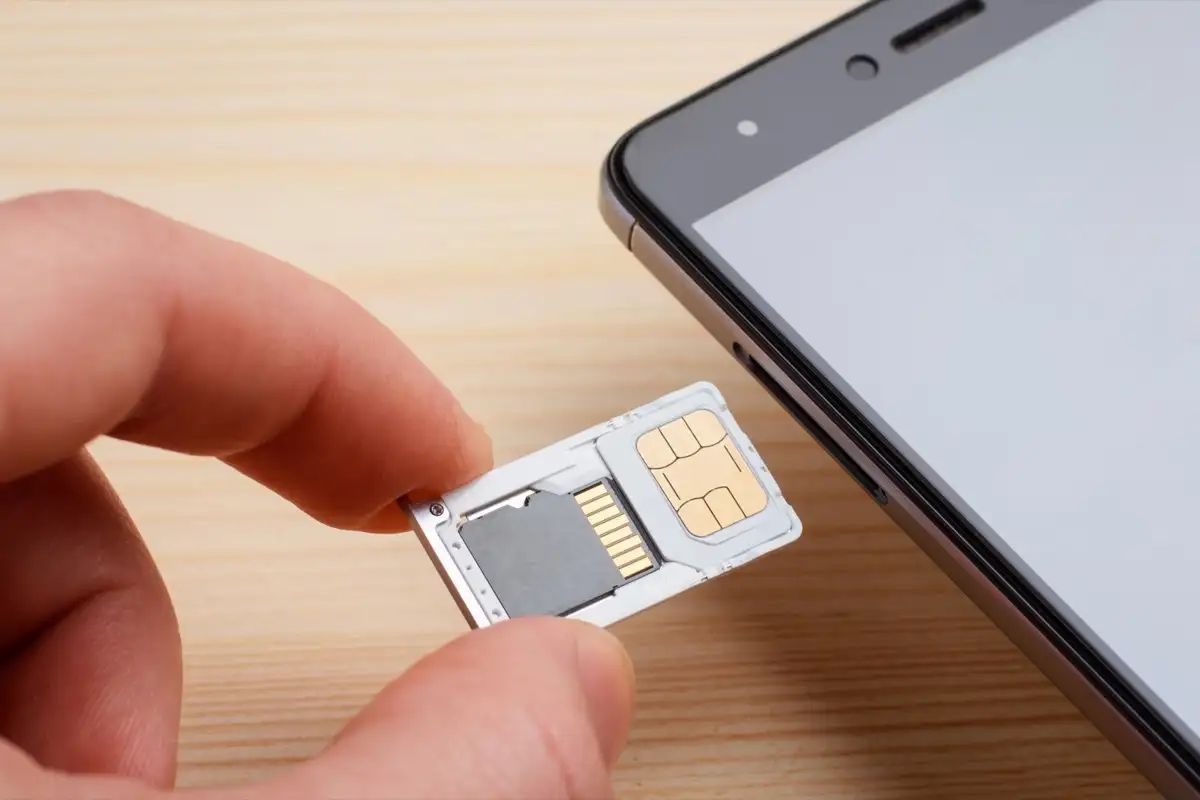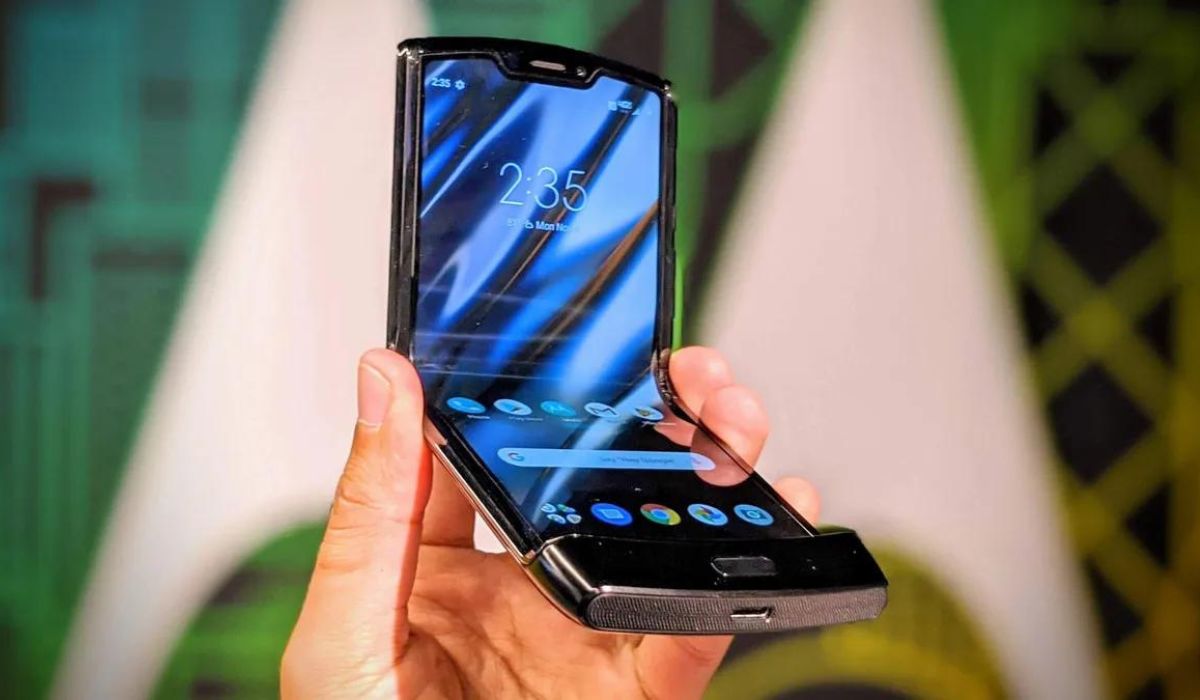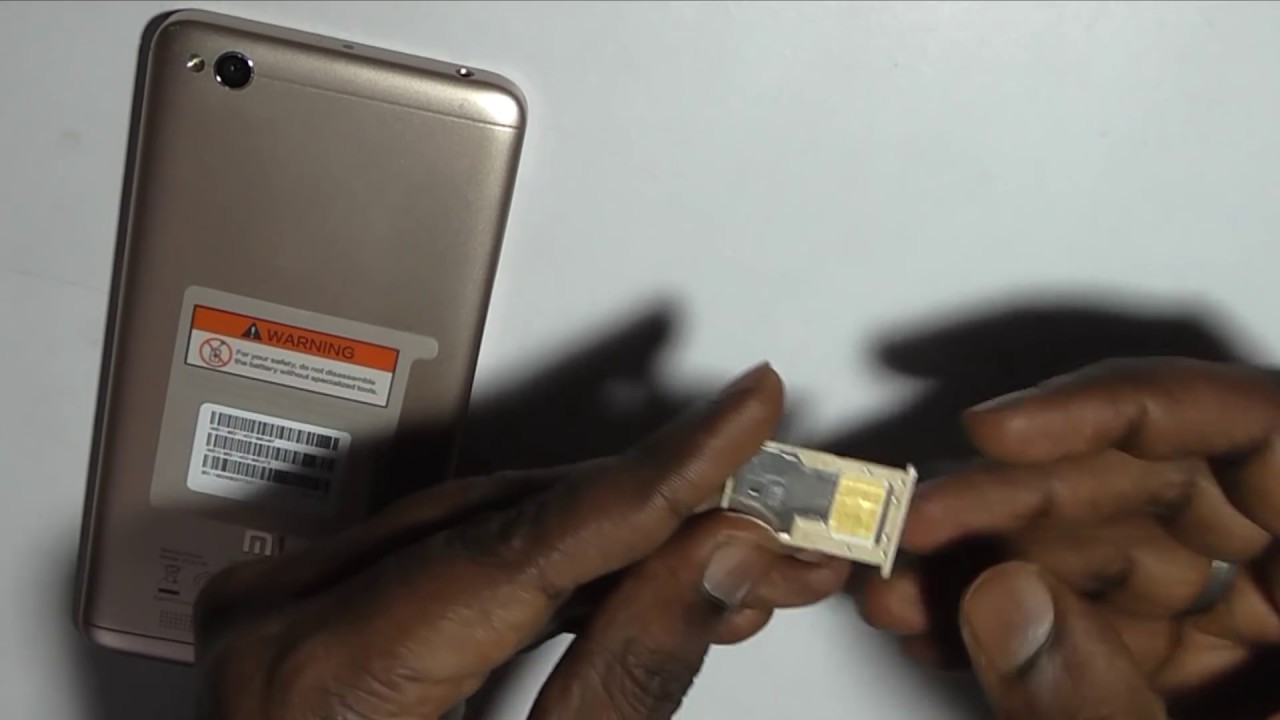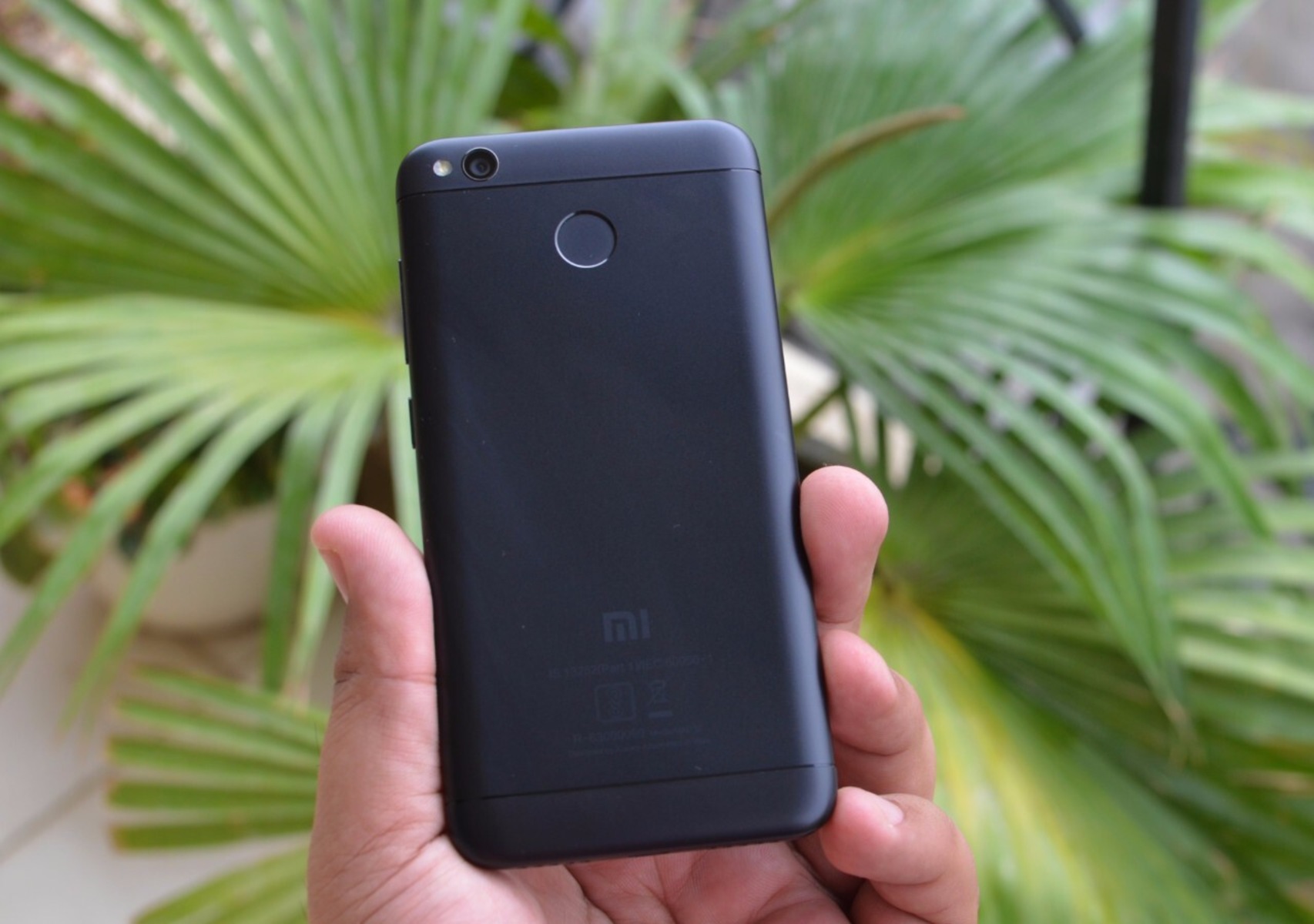Introduction
In the realm of mobile devices, the terms "SIM card" and "SD card" are frequently bandied about, often causing confusion due to their similar nomenclature. While both cards play crucial roles in the functionality of mobile devices, they serve vastly different purposes. Understanding the disparity between these two components is essential for anyone seeking to maximize the potential of their devices.
The SIM (Subscriber Identity Module) card is a diminutive, yet indispensable, component that facilitates communication between a mobile device and a cellular network. It stores critical information, including the user's identity, mobile number, and network authorization data. In essence, the SIM card acts as the conduit through which a user's device connects to the mobile network, enabling voice calls, text messaging, and mobile data usage.
On the other hand, the SD (Secure Digital) card, also diminutive in size, serves as an auxiliary storage unit for mobile devices. It offers an avenue for users to expand the device's storage capacity, allowing for the convenient storage of multimedia files, applications, and other data. The SD card effectively augments the internal storage of a device, providing users with the flexibility to amass a greater volume of content without encumbering the device's primary storage.
This article delves into the nuanced disparities between SIM and SD cards, elucidating their distinct functionalities, storage capacities, compatibility with diverse devices, security features, and cost differentials. By comprehensively exploring these facets, readers will gain a profound understanding of the unique roles played by SIM and SD cards in the realm of mobile devices.
Functionality of SIM Card
The SIM card, an acronym for Subscriber Identity Module, is a diminutive yet pivotal component nestled within the intricate framework of mobile devices. Its primary function revolves around facilitating communication between a user's mobile device and the cellular network. This tiny card harbors critical information, including the user's identity, mobile number, and network authorization data. Essentially, the SIM card acts as a conduit, enabling the seamless connection of a user's device to the mobile network, thereby engendering a plethora of functionalities such as voice calls, text messaging, and mobile data usage.
The SIM card is imbued with the capability to authenticate the user's identity, ensuring that only authorized individuals can access the mobile network. This process involves the exchange of encrypted data between the SIM card and the network, validating the user's credentials and authorizing network access. Additionally, the SIM card plays a pivotal role in the allocation of a unique mobile number to each user, thereby enabling the identification and communication with specific devices.
One of the most notable features of the SIM card is its portability, allowing users to seamlessly transfer their mobile identity and network credentials between different devices. This attribute is particularly valuable in scenarios where users upgrade to a new mobile device or require a temporary replacement. The ability to simply insert the SIM card into a new device and instantly access the mobile network underscores the versatility and convenience offered by this diminutive yet indispensable component.
Moreover, the SIM card is instrumental in facilitating secure mobile transactions and communications. It incorporates advanced security measures, including encryption protocols and authentication mechanisms, to safeguard the user's identity and sensitive data. This fortification ensures that mobile communications remain private and secure, mitigating the risk of unauthorized access or interception.
In essence, the functionality of the SIM card extends far beyond its diminutive physical dimensions, underpinning the seamless connectivity, security, and user authentication within the realm of mobile devices. Its pivotal role in enabling communication, network access, and secure transactions underscores its status as an indispensable component in the mobile ecosystem.
Functionality of SD Card
The Secure Digital (SD) card, a diminutive yet potent adjunct to mobile devices, serves as an auxiliary storage unit, augmenting the device's internal storage and offering users the flexibility to expand their storage capacity. This diminutive card, available in various storage capacities, provides a convenient avenue for users to amass a greater volume of content, including multimedia files, applications, and other data, without encumbering the device's primary storage.
The functionality of the SD card revolves around its ability to seamlessly integrate with a diverse array of mobile devices, ranging from smartphones and tablets to digital cameras and portable gaming consoles. Upon insertion into the designated slot, the SD card becomes an extension of the device's storage, allowing users to effortlessly store and access a myriad of content. This capability is particularly beneficial for users who frequently capture high-resolution photos and videos, download extensive media libraries, or utilize resource-intensive applications, as it mitigates the risk of exhausting the device's internal storage.
Furthermore, the SD card offers a versatile platform for data transfer and portability, enabling users to effortlessly transfer files between compatible devices. This attribute is particularly valuable for individuals who utilize multiple devices or seek to share content with others, as it obviates the need for convoluted data transfer processes and facilitates seamless content mobility.
In addition to its role as a storage augmentation tool, the SD card contributes to the optimization of device performance by offloading the storage of large files and applications from the internal storage. This proactive measure helps alleviate the strain on the device's internal memory, fostering smoother operation and enhanced multitasking capabilities.
The SD card's adaptability is further underscored by its compatibility with a myriad of devices, transcending the confines of mobile devices to encompass digital cameras, drones, portable gaming consoles, and other electronic gadgets. This universality renders the SD card a versatile and indispensable accessory for users seeking to expand their storage capacity across an array of devices.
In essence, the functionality of the SD card extends beyond mere storage augmentation, encompassing seamless integration, data transfer facilitation, performance optimization, and cross-device compatibility. Its diminutive stature belies its profound impact on expanding the horizons of mobile device storage, empowering users to amass and access a copious array of content without encumbrance.
Storage Capacity
The disparity in storage capacity between SIM and SD cards is a pivotal consideration for mobile device users. The SIM card, primarily designed to store authentication and network-specific data, typically offers a minuscule storage capacity. This limitation is inherent to the SIM card's core function, which prioritizes the storage of essential data such as the user's identity, mobile number, and network authorization information. As a result, the storage capacity of a standard SIM card is constrained to a few kilobytes, rendering it unsuitable for storing substantial volumes of user-generated content.
Conversely, the SD card, engineered as an auxiliary storage unit, boasts a diverse spectrum of storage capacities, ranging from a few gigabytes to several terabytes. This expansive range enables users to select an SD card that aligns with their specific storage requirements, accommodating the burgeoning volume of multimedia files, applications, and data. The SD card's capacity for substantial storage augmentation empowers users to transcend the confines of their device's internal storage, effectively mitigating the risk of storage depletion and facilitating the accumulation of an extensive array of content.
The profound contrast in storage capacities between the SIM and SD cards underscores their divergent roles within the mobile ecosystem. While the SIM card prioritizes the storage of critical network-specific data within a confined capacity, the SD card serves as a capacious reservoir for user-generated content, offering a versatile platform for storage expansion.
This dichotomy in storage capacity engenders a symbiotic relationship between the SIM and SD cards, collectively catering to the diverse storage needs of mobile device users. The SIM card, despite its modest storage capacity, remains indispensable for network authentication and user identification, while the SD card, with its expansive storage capabilities, fulfills the burgeoning demand for augmented storage. This synergy between the two cards epitomizes the harmonious coexistence of distinct functionalities within the realm of mobile devices, underscoring the pivotal role played by each component in shaping the user experience.
In essence, the differential storage capacities of the SIM and SD cards epitomize their unique roles in the mobile landscape, delineating the boundaries between network-specific data storage and user-generated content accumulation. This dichotomy underscores the complementary nature of these components, collectively enriching the mobile device experience through their distinctive storage capacities.
Compatibility with Devices
The compatibility of SIM and SD cards with a diverse array of devices is a pivotal consideration that underscores their versatility and ubiquity within the mobile landscape. While both cards serve distinct purposes, their compatibility transcends the confines of smartphones and encompasses an array of electronic gadgets, each harnessing the unique functionalities offered by these diminutive yet indispensable components.
The SIM card, emblematic of seamless connectivity and network access, is universally compatible with an extensive spectrum of mobile devices, including smartphones, feature phones, tablets, and wearable tech such as smartwatches. This universal compatibility underscores the ubiquitous nature of the SIM card, ensuring that users can seamlessly transfer their mobile identity and network credentials between an array of devices. Whether upgrading to a new smartphone, transitioning to a temporary replacement device, or utilizing a secondary device, users can effortlessly insert their SIM card and instantly gain access to the mobile network. This portability and interoperability epitomize the adaptability of the SIM card, facilitating uninterrupted communication and network access across an array of devices.
In parallel, the SD card exhibits a similar degree of compatibility, transcending the confines of smartphones to encompass an array of electronic gadgets. From digital cameras and camcorders to drones, portable gaming consoles, and laptops, the SD card serves as a versatile storage augmentation tool, offering users a platform to seamlessly expand the storage capacity of diverse devices. This universal compatibility empowers users to amass an extensive array of multimedia content, applications, and data across their devices, transcending the limitations of internal storage and fostering a seamless content mobility experience.
Furthermore, the compatibility of SD cards with an array of smartphones, irrespective of the brand or operating system, underscores their agnostic nature, ensuring that users can seamlessly integrate these diminutive cards with their devices. This cross-platform compatibility augments the appeal of SD cards, offering users a versatile avenue to expand their storage capacity without being encumbered by device-specific constraints.
In essence, the compatibility of SIM and SD cards with a diverse array of devices epitomizes their universal appeal and adaptability, underscoring their pivotal roles in shaping the mobile device landscape. This universal compatibility ensures that users can seamlessly harness the unique functionalities offered by these diminutive yet potent components across an array of devices, enriching the mobile experience through seamless connectivity and expanded storage capacity.
Security Features
The aspect of security is paramount in the realm of mobile devices, and both SIM and SD cards incorporate robust security features to safeguard user data and communications. The SIM card, renowned for its pivotal role in user authentication and network access, integrates advanced security measures to fortify the integrity of mobile communications and transactions. One of the primary security features embedded within the SIM card is the utilization of encryption protocols, which encode the data transmitted between the user's device and the mobile network. This encryption mechanism ensures that mobile communications remain impervious to unauthorized interception, safeguarding the privacy and confidentiality of conversations and data exchanges.
Furthermore, the SIM card incorporates sophisticated authentication mechanisms to verify the user's identity and authorize network access. This process involves the exchange of encrypted data between the SIM card and the mobile network, effectively validating the user's credentials and ensuring that only authorized individuals can access the network. This stringent authentication protocol mitigates the risk of unauthorized access and reinforces the security of mobile communications, bolstering user confidence in the integrity of their interactions.
In addition to encryption and authentication, the SIM card is imbued with tamper-resistant features, rendering it impervious to unauthorized manipulation or replication. This fortification ensures the integrity of the user's mobile identity and network credentials, mitigating the risk of identity theft or fraudulent network access. The robust security architecture of the SIM card underscores its pivotal role in fortifying the security of mobile communications and transactions, engendering a trusted and secure mobile experience for users.
Similarly, the SD card integrates security features to safeguard the integrity of user-generated content and data. Many modern SD cards incorporate encryption capabilities, enabling users to encrypt their stored data to prevent unauthorized access. This encryption mechanism ensures that sensitive files and personal data remain shielded from unauthorized intrusion, bolstering the privacy and security of user-generated content.
Moreover, some SD cards incorporate write-protection features, allowing users to prevent the alteration or deletion of specific files, thereby fortifying the integrity of critical data. This attribute is particularly valuable for users seeking to safeguard essential documents, photos, or videos from inadvertent modification or deletion, ensuring the preservation of vital content.
In essence, the robust security features integrated within both SIM and SD cards underscore their commitment to fortifying the privacy, integrity, and security of mobile communications, user identity, and stored data. This proactive approach to security engenders user confidence in the reliability of these diminutive yet potent components, fostering a secure and trusted mobile experience.
Cost Comparison
The juxtaposition of cost between SIM and SD cards encompasses a multifaceted evaluation, encompassing not only the initial acquisition cost but also the long-term value and utility offered by these diminutive yet pivotal components. The SIM card, typically procured from mobile network providers or carriers, is often provided to users at a nominal cost or as part of a bundled package when activating mobile services. This approach mitigates the upfront financial burden on users, ensuring that they can seamlessly acquire a SIM card and commence utilizing mobile services without incurring substantial expenses. The cost-effectiveness of SIM cards is further underscored by their enduring utility, as users can retain and transfer their SIM card between devices, thereby obviating the need for recurrent expenditures on new SIM cards when transitioning to different mobile devices.
Conversely, the cost dynamics of SD cards revolve around the diverse spectrum of storage capacities and performance attributes offered by these auxiliary storage units. The pricing of SD cards is contingent upon factors such as storage capacity, data transfer speeds, and advanced features such as water resistance and durability. While the initial acquisition cost of SD cards may vary based on these attributes, the long-term value derived from their storage augmentation capabilities and seamless integration with an array of devices accentuates their cost-effectiveness. Users can procure an SD card with a storage capacity commensurate with their specific requirements, thereby mitigating the need for recurrent investments in internal storage upgrades or cloud storage subscriptions.
Furthermore, the cost comparison extends to the value proposition offered by SD cards in optimizing device performance and longevity. By offloading the storage of large files and applications from the internal storage, SD cards contribute to the preservation of the device's internal memory, fostering enhanced performance and longevity. This proactive measure augments the cost-effectiveness of SD cards by mitigating the need for premature device replacements or costly repairs arising from storage-related performance issues.
In essence, the cost comparison between SIM and SD cards transcends the rudimentary evaluation of acquisition expenses, encompassing the enduring utility, storage augmentation capabilities, and performance optimization offered by these diminutive yet potent components. The cost-effectiveness of SIM cards is underscored by their nominal acquisition expenses and enduring utility, while the value proposition of SD cards is accentuated by their diverse storage capacities, seamless integration, and performance optimization attributes. This comprehensive evaluation illuminates the multifaceted cost dynamics underpinning the utilization of SIM and SD cards, thereby empowering users to make informed decisions aligned with their specific mobile device requirements.
Conclusion
In conclusion, the disparity between SIM and SD cards encapsulates a multifaceted juxtaposition of functionalities, storage capacities, compatibility, security features, and cost dynamics. The SIM card, emblematic of seamless connectivity and network authentication, serves as the linchpin of mobile communications, enabling users to access voice calls, text messaging, and mobile data services. Its diminutive stature belies its profound impact on facilitating secure mobile transactions and fortifying the integrity of user identity and network access.
Conversely, the SD card, a diminutive yet potent storage augmentation tool, empowers users to transcend the confines of internal storage, amassing a copious array of multimedia content and applications. Its universal compatibility with an array of devices, coupled with its diverse storage capacities, underscores its pivotal role in expanding the horizons of mobile device storage, fostering seamless content mobility and performance optimization.
The dichotomy between the storage capacities of SIM and SD cards underscores their unique roles, with the former prioritizing network-specific data storage and the latter facilitating the accumulation of user-generated content. This symbiotic relationship epitomizes the harmonious coexistence of distinct functionalities within the realm of mobile devices, collectively enriching the user experience.
Furthermore, the robust security features integrated within both SIM and SD cards underscore their commitment to fortifying the privacy, integrity, and security of mobile communications, user identity, and stored data. This proactive approach to security engenders user confidence in the reliability of these diminutive yet potent components, fostering a secure and trusted mobile experience.
The cost dynamics of SIM and SD cards encompass a comprehensive evaluation, transcending the rudimentary assessment of acquisition expenses to encompass the enduring utility, storage augmentation capabilities, and performance optimization offered by these components. The cost-effectiveness of SIM cards is underscored by their nominal acquisition expenses and enduring utility, while the value proposition of SD cards is accentuated by their diverse storage capacities, seamless integration, and performance optimization attributes.
In essence, the nuanced disparities between SIM and SD cards underscore their pivotal roles in shaping the mobile device landscape, collectively enriching the user experience through seamless connectivity, expanded storage capacity, and robust security measures. This comprehensive exploration illuminates the multifaceted facets underpinning the utilization of SIM and SD cards, empowering users to make informed decisions aligned with their specific mobile device requirements.

























